Blog Detail
Table of Contents
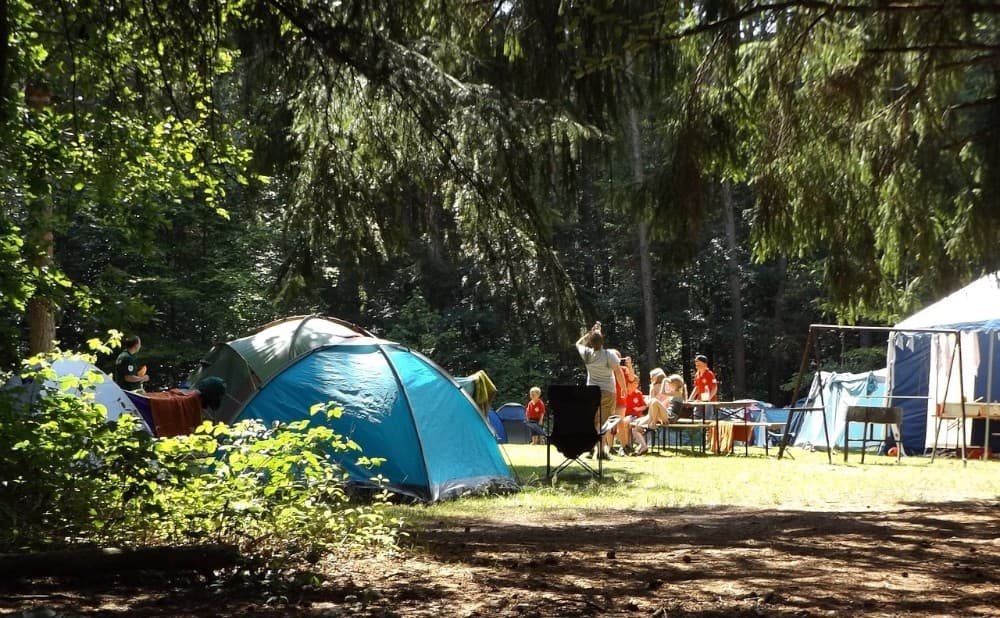
Clearer Guides, More Immediate Responses—Our Camp Communication Has Been Upgraded!
- Sophia
- Oct 20, 2025
- 0 Comments
Introduction
As a team that organizes children's and youth camps, kayaking trips, and ski training, we've always wondered: How can we ensure every participant can hear, understand, and participate while preserving the spirit of nature and adventure? Introducing the Retekess TT126 two-way wireless guide system is a significant upgrade in our communication and safety management. This article shares our experience, tips, and practical advice on how to use this device in real-world travel scenarios for reference by fellow travelers and parents.
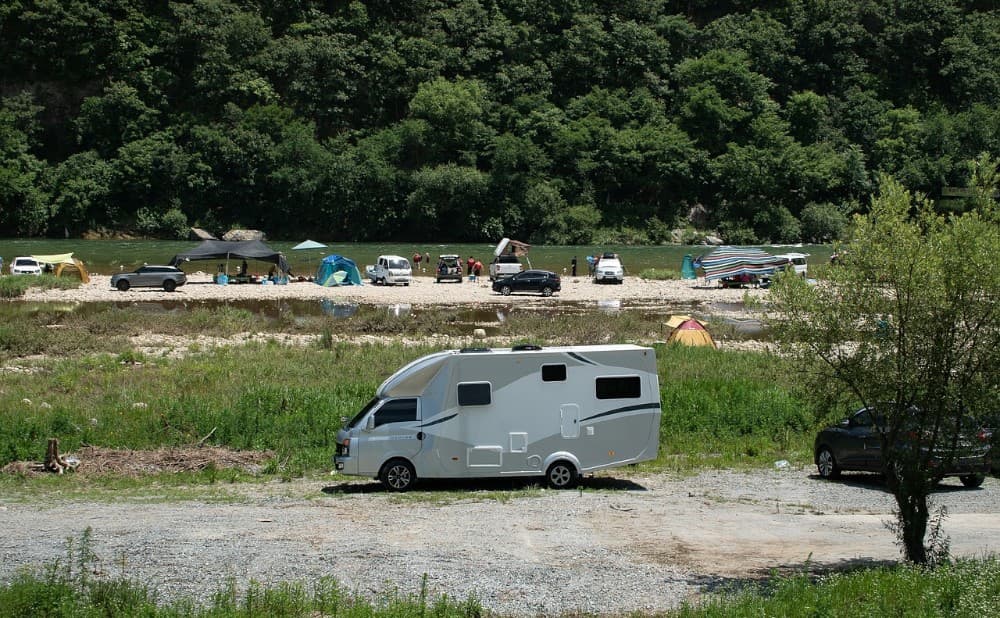
Why bring a guide system on every trip?
The beauty of travel lies in experience and discovery, but in noisy camps, on open lakes, or on windy ridges, explanations are often drowned out by the surrounding sounds. We used to rely on megaphones or shouting, which was both labor-intensive and detrimental to the experience. More importantly, for children's activities, clear and timely communication is directly related to safety. Assembly, emergency, and grouping instructions all require accurate communication. The TT126 solves these problems for us: it transforms guiding from a "shouting" style to a "conversational" style, allowing children to both hear and speak.
The Three Core Values of the TT126 During Travel
Two-way Interaction: Children are no longer passive listeners. They can ask questions with the touch of a button, and the guide responds instantly, greatly enhancing their sense of engagement and learning outcomes.
Long-range Coverage and Multi-channel Management: With an effective transmission range of approximately 280 meters and multi-channel functionality, it's ideal for group activities (such as kayaking groups, mountain hiking groups, and ski training sessions) to proceed simultaneously without interfering with each other.
Ease of Use and Convenient Management: Automatic pairing, one-touch muting, and batch charging eliminate the real-world challenges of frequent volunteer changes and heavy equipment maintenance.
Real-World Scenarios: Examples of TT126 Use in Our Activities
Summer Camp Nature Guide: During a forest hike, we gave the main transmitter to the group leader, while students and counselors used the secondary transmitter. Children can press a button to ask questions when they see interesting plants or animals, and the instructor will answer them instantly, making discussions more lively. We lower the microphone sensitivity in noisy areas to avoid booming sounds from wind or children screaming.
Kayaking Day Trip: Each group uses a separate channel. The instructor gives instructions when gathering on shore, ensuring accurate communication of paddling rhythms and safety tips without shouting, giving parents peace of mind. In the event of a last-minute issue (such as a leak or paddling technique requiring immediate correction), students can directly provide feedback to the instructor, ensuring a more timely response.
Skiing Training Camp: The snowy environment is highly echoing and dispersed. Using the TT126 allows instructors to communicate seamlessly with students on the slopes and in rest areas. This significantly speeds up response times, especially during group training or emergency assemblies.
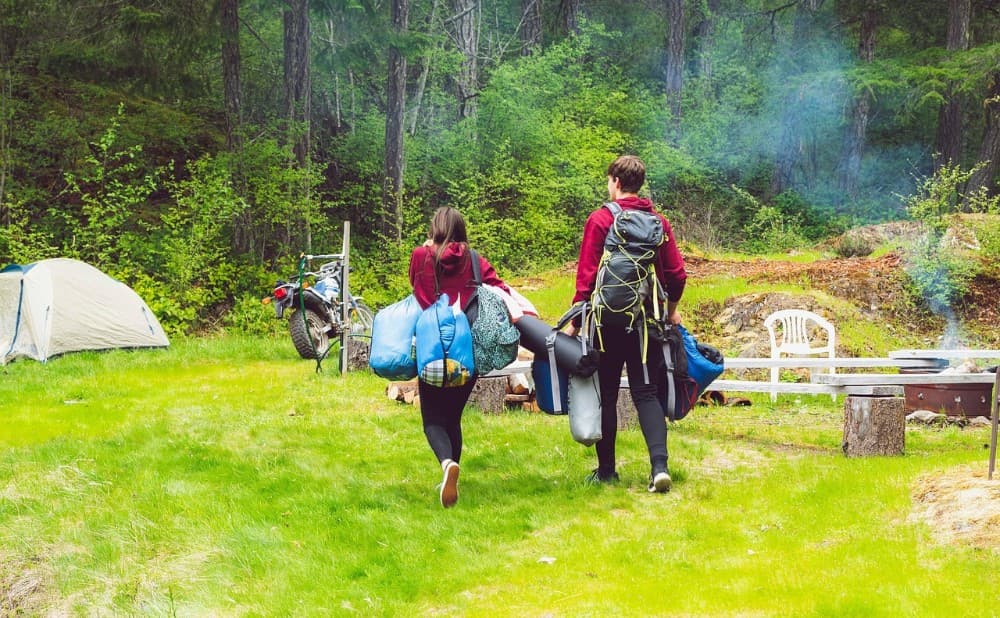
Our Operational Tips (Practical Suggestions)
Equipment Numbering and Loan and Return Registration: Each set of equipment is numbered and signed in upon return to prevent loss and hygiene issues.
Disinfection Procedure: Headphones and earbuds are high-touch items, so clean them with disinfectant wipes after each use. Disposable earmuffs are encouraged, or children are given their own earbuds.
Spare and Redundancy: Adequately stock approximately 5%–10% of the total number of spare devices to mitigate loss or damage.
When I purchased the TT126, I opted for the large package, which included a main transmitter, sub-transmitter, charging case, headphones, and a microphone. They also gave me several transmitters and 100 disposable earbuds—a truly great deal!
Channel Planning: Channels are assigned by activity type or team number within a given timeframe to avoid cross-interference. For large-scale events, it's recommended that a dedicated person be assigned to manage channels.
Actual Feedback from Parents and Children
Parents: My children are more focused after wearing the headphones and can clearly hear the guide's safety instructions. They no longer worry about getting lost or missing the muster signal.
Children: They're more willing to ask questions! We often see children pressing buttons to ask questions when they spot curious animals, and they're thrilled to hear the instructor's immediate responses.
Conclusion
Travel connects people with nature and with each other. As organizers, our goal isn't just to plan activities; it's to create safe, fulfilling, and memorable experiences. The Retekess TT126 allows us to maintain the freedom and adventurous spirit of the outdoors while ensuring meticulous and thoughtful communication—every gathering, every question, and every safety instruction is clearly communicated and addressed. We hope our practical experience will provide reference and inspiration for more camp and trip organizers.

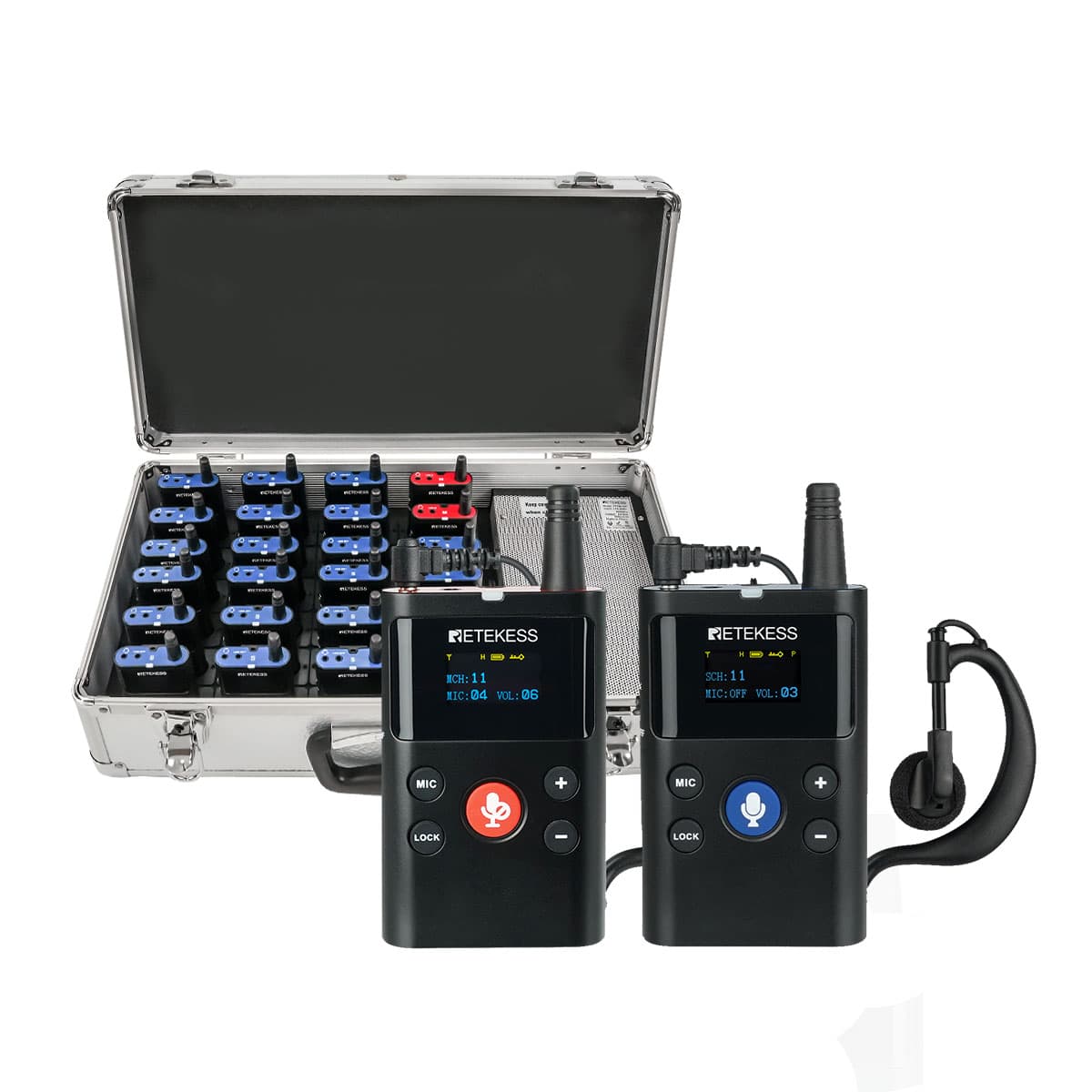
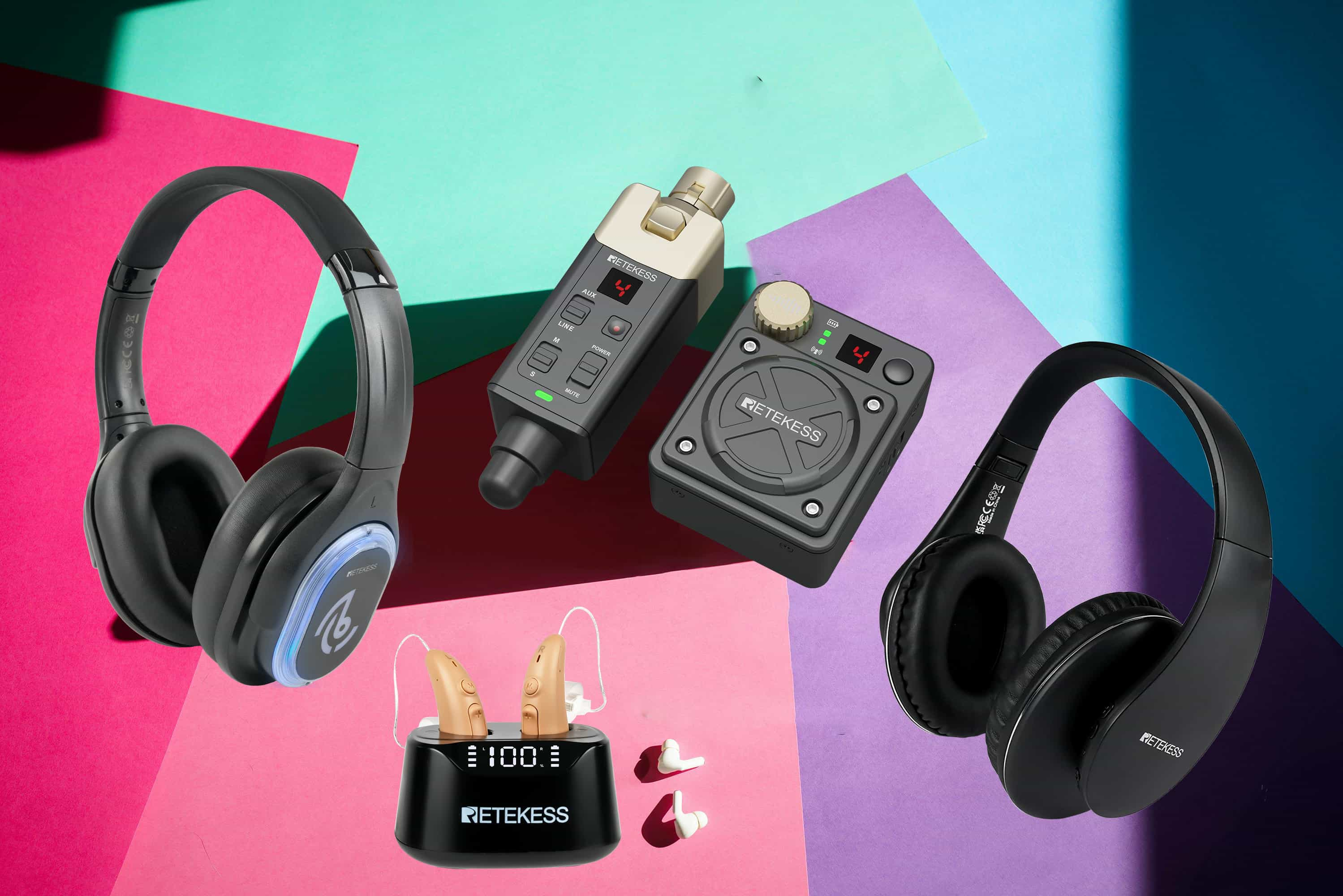
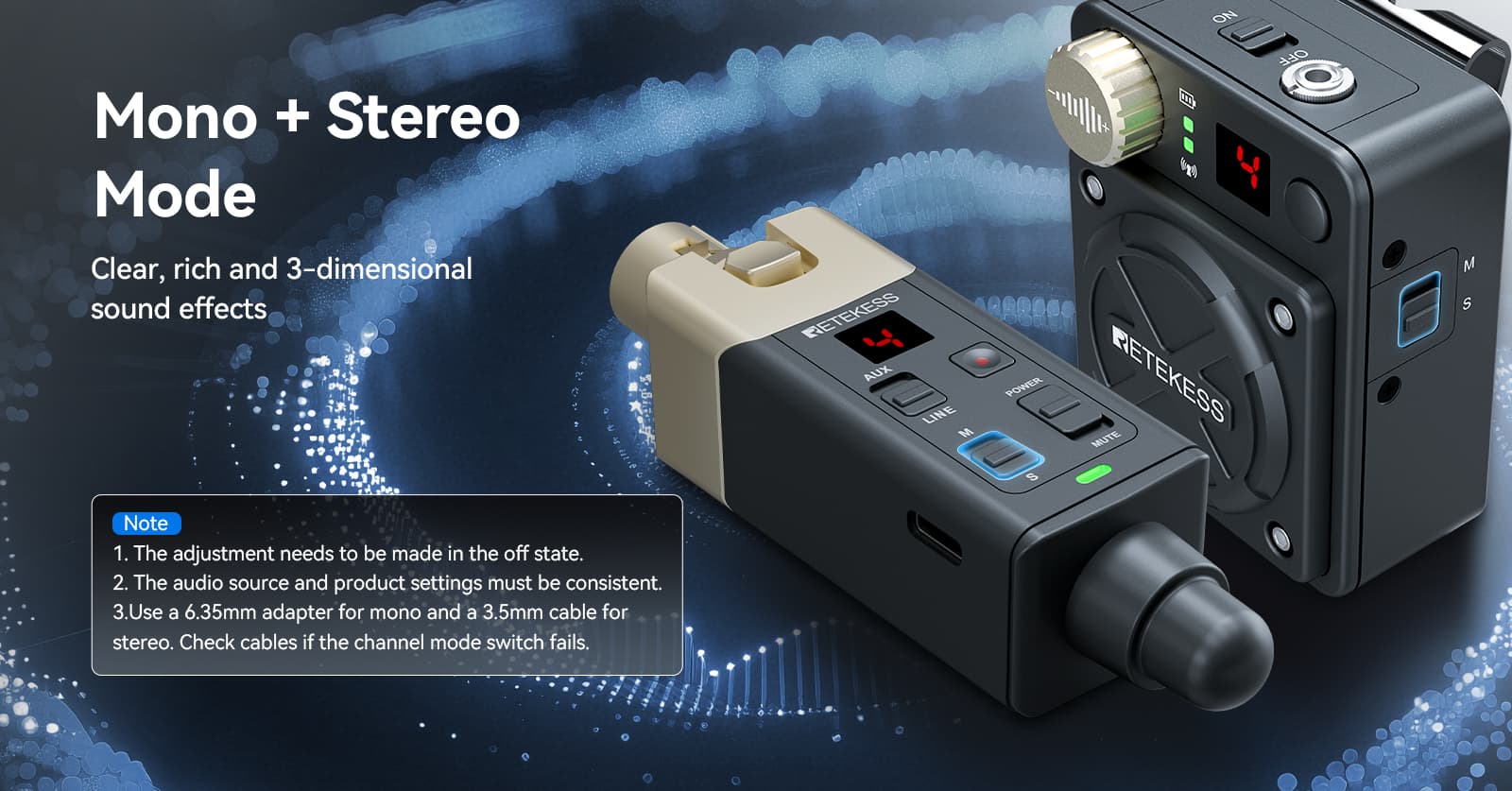


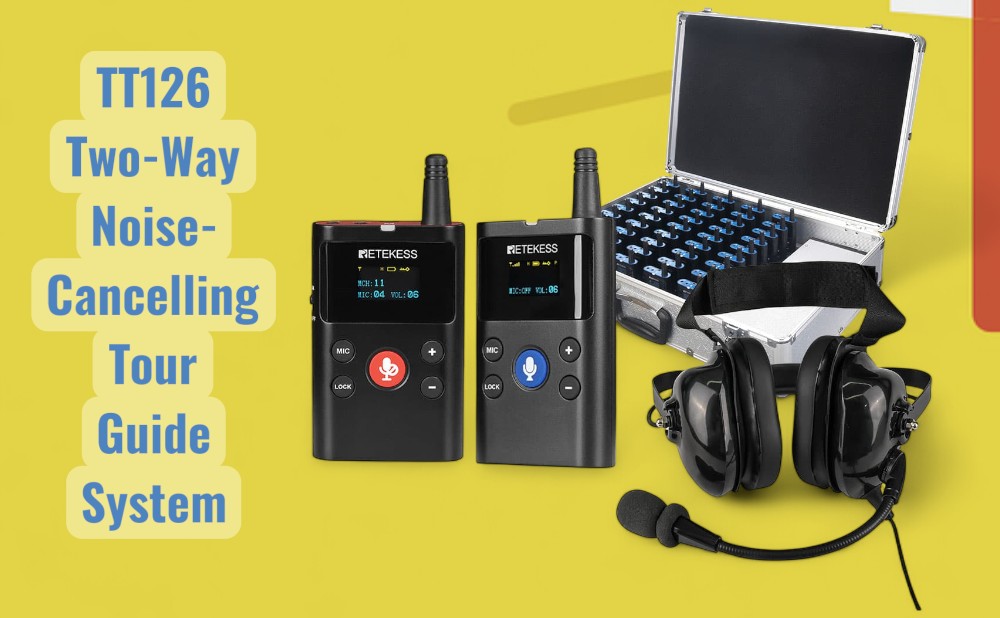
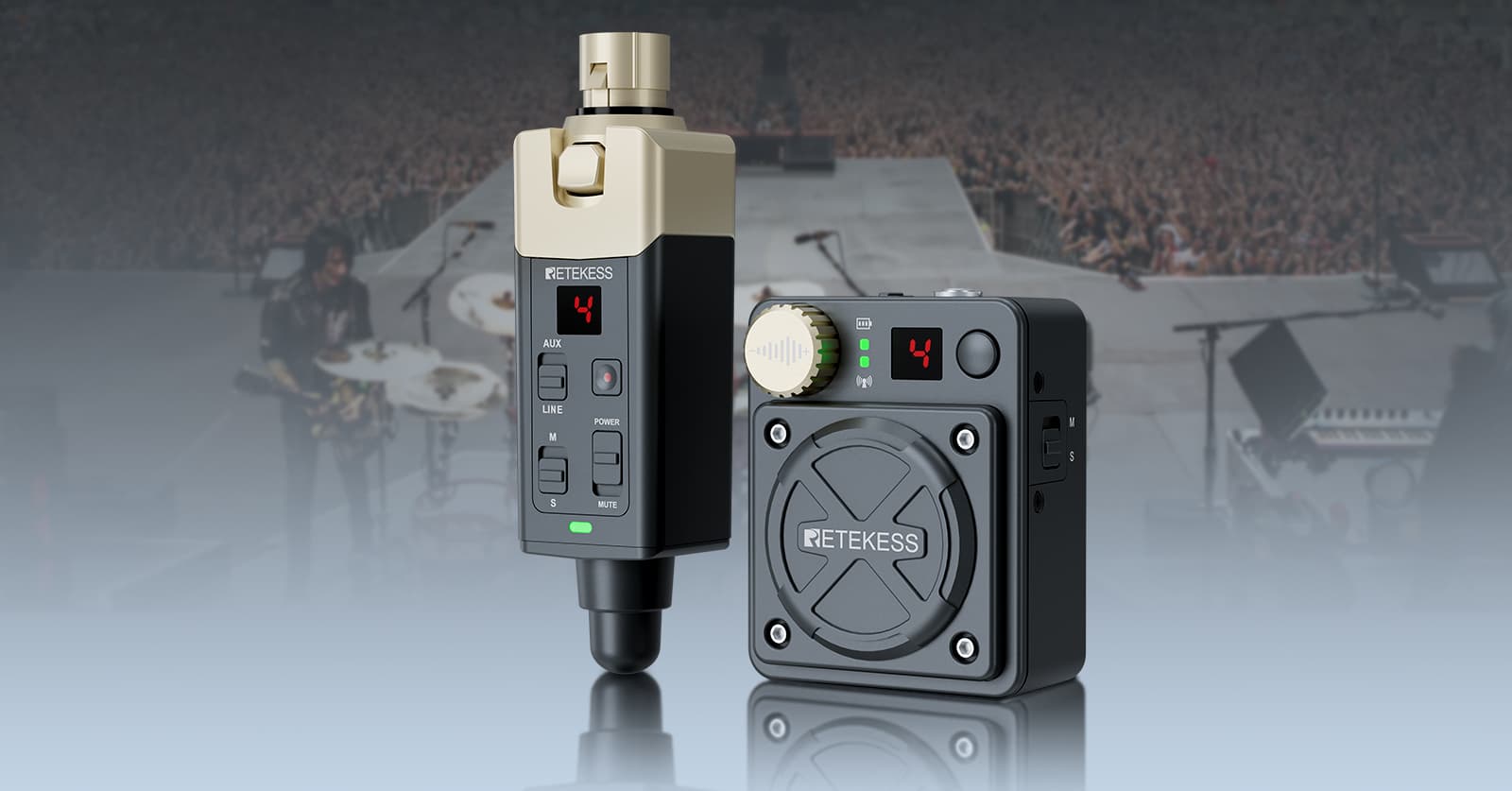

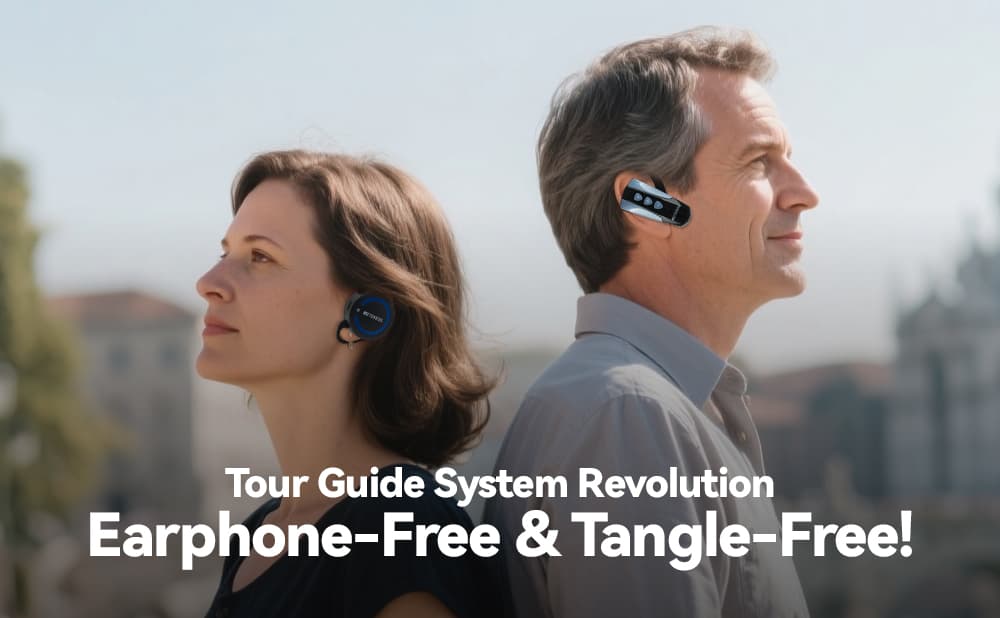
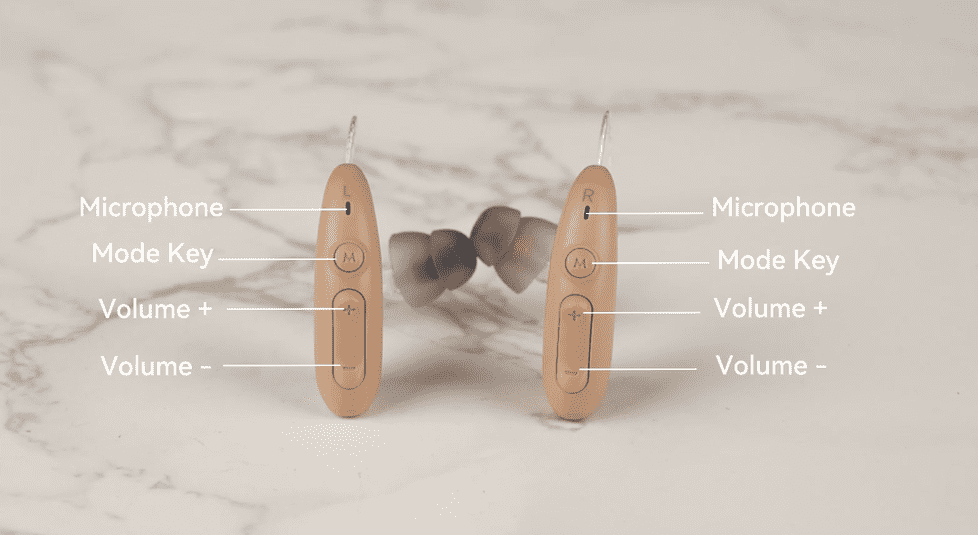
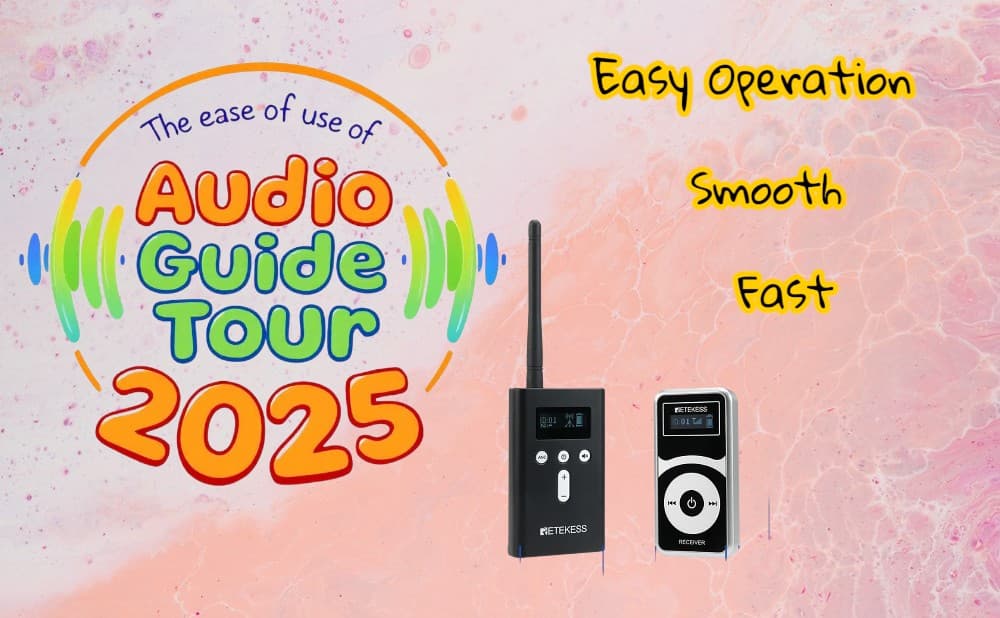
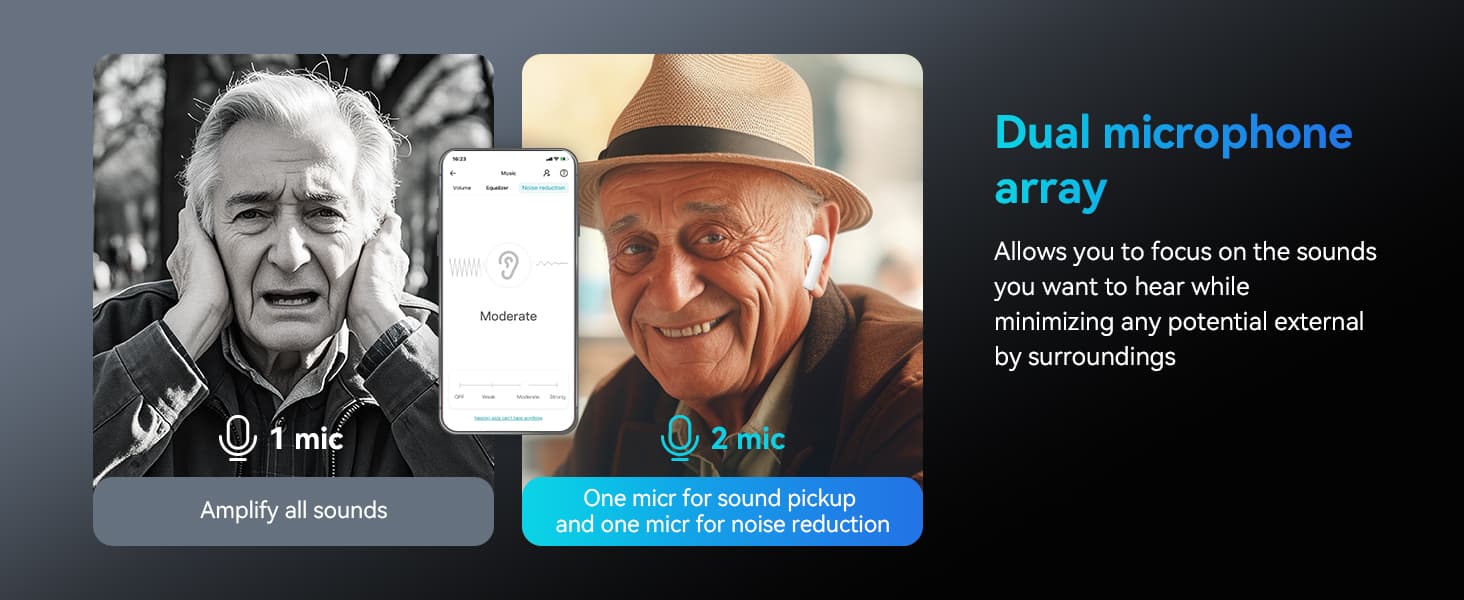
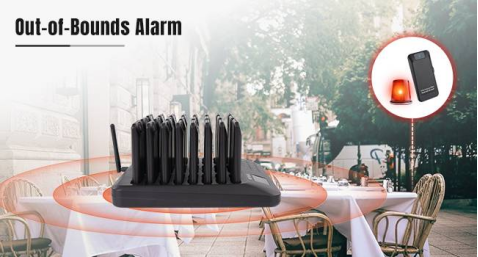

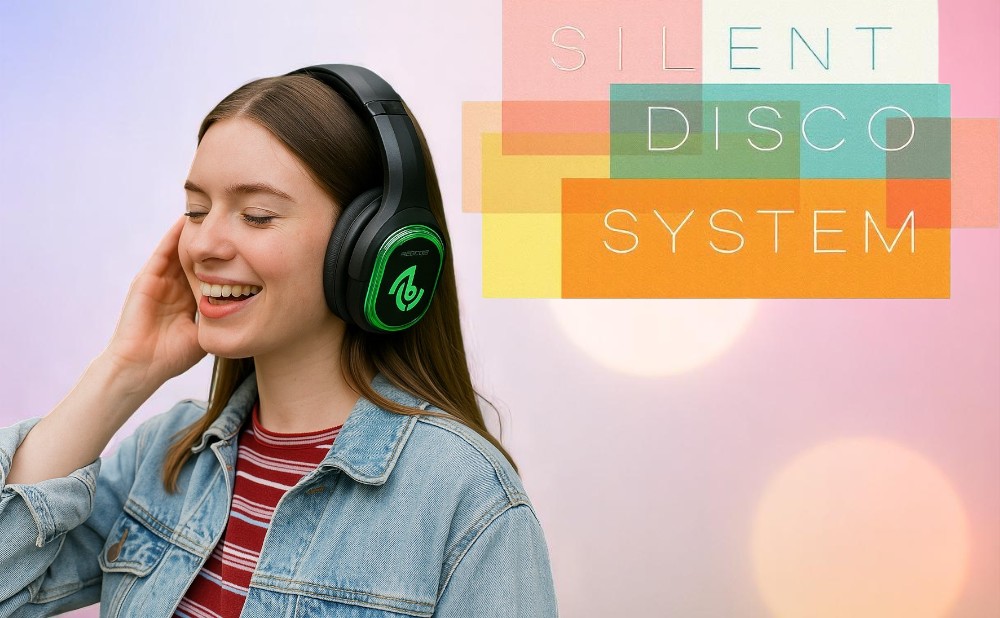
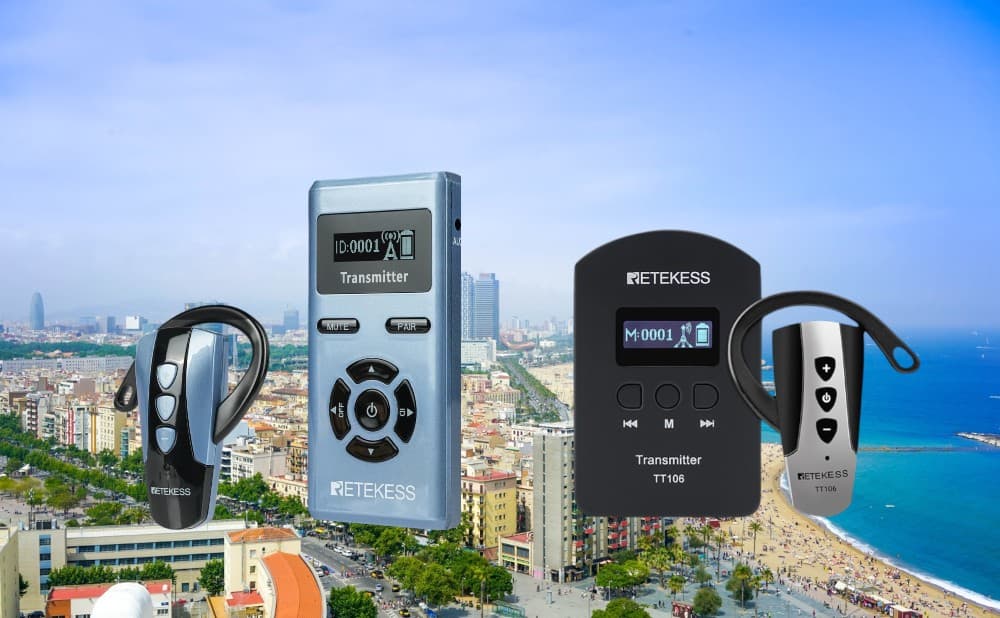
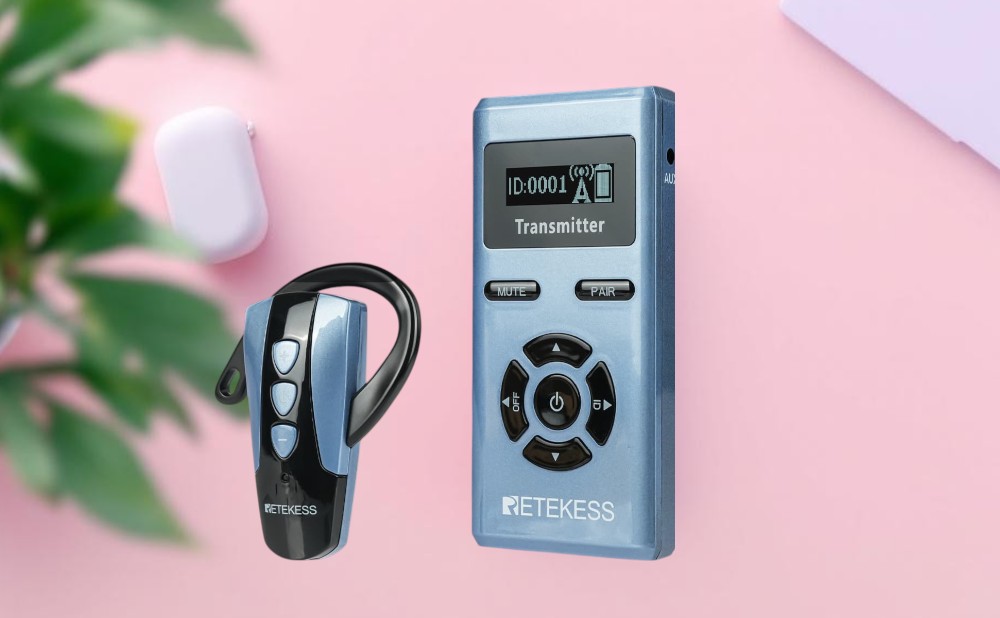





Comments (0)